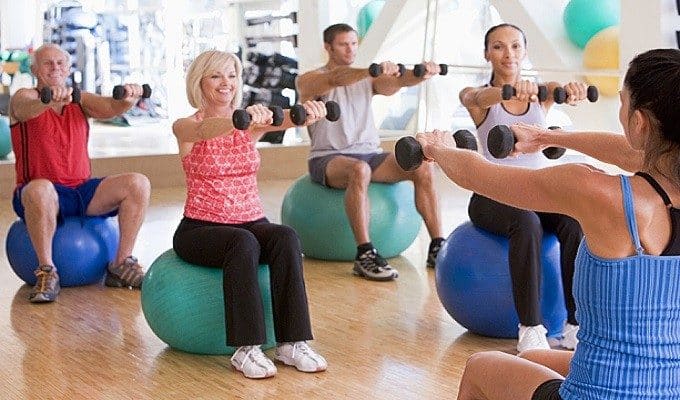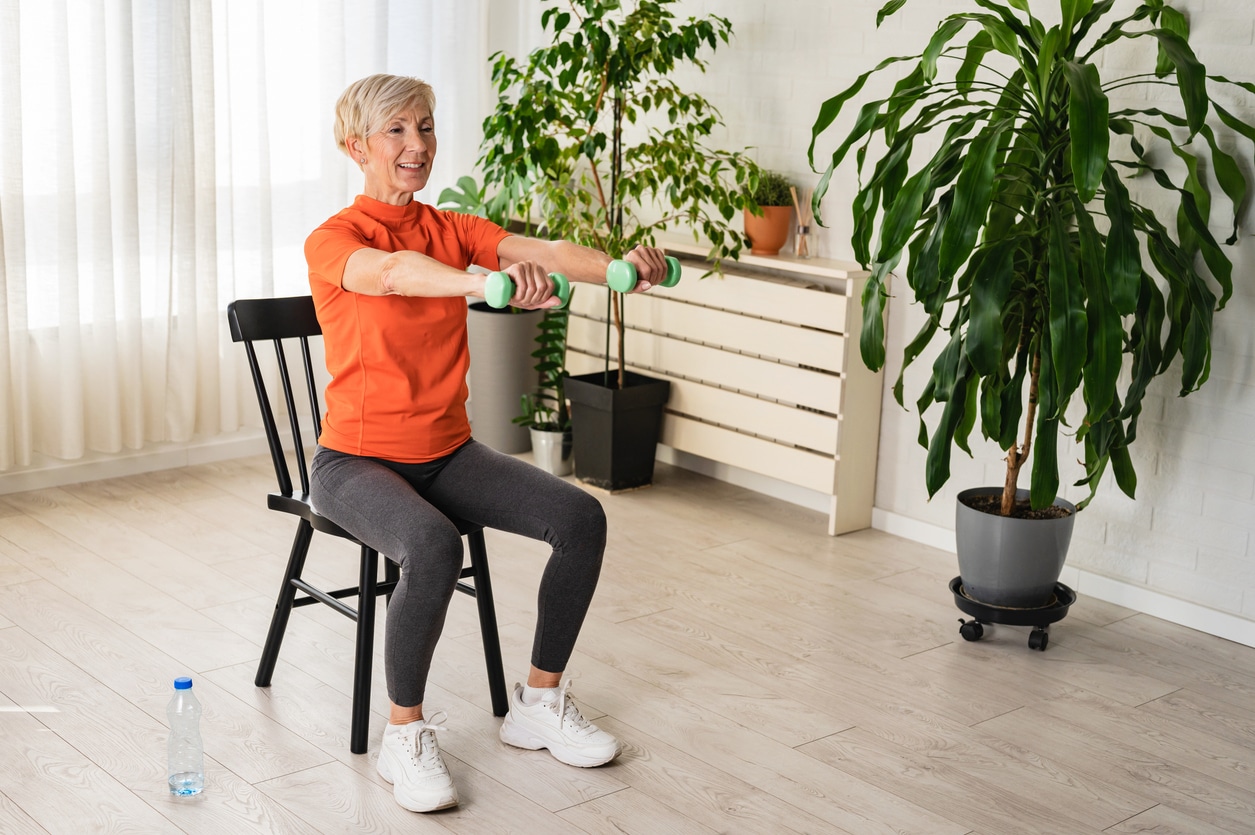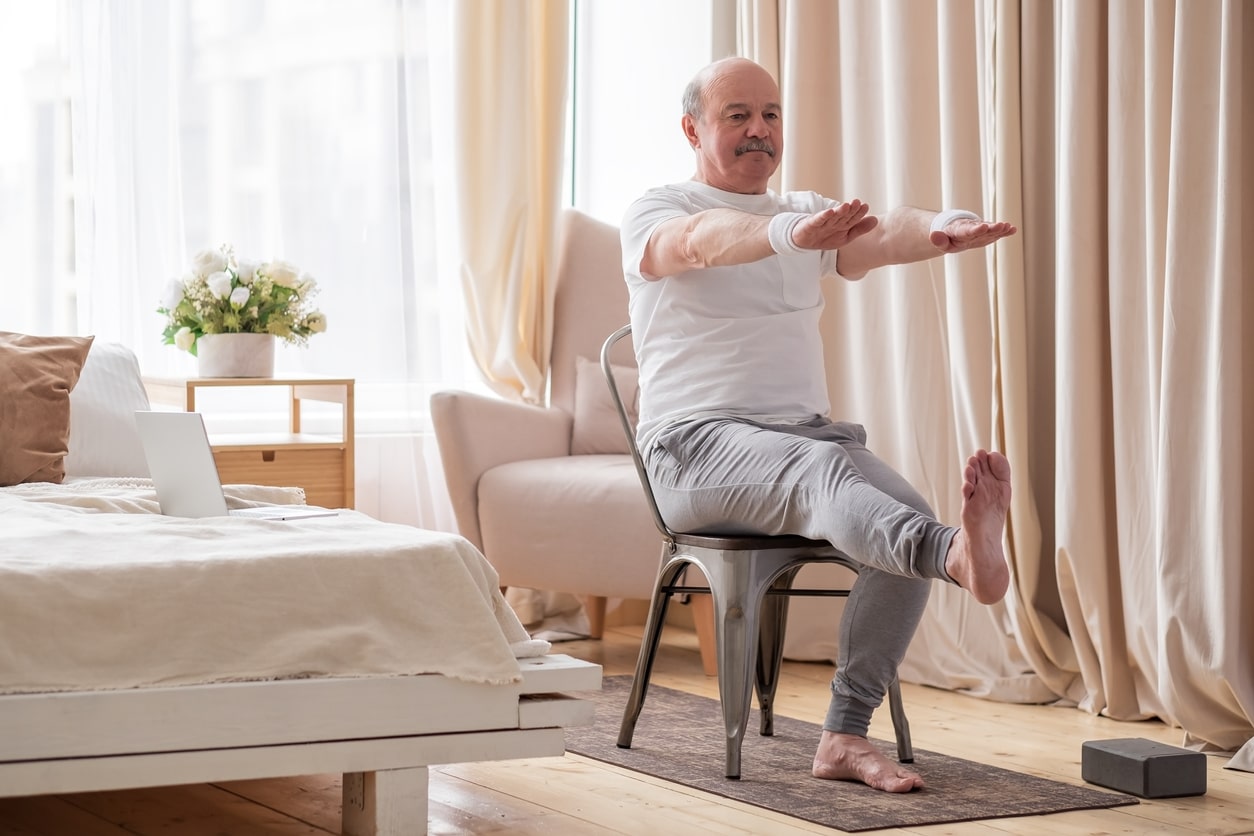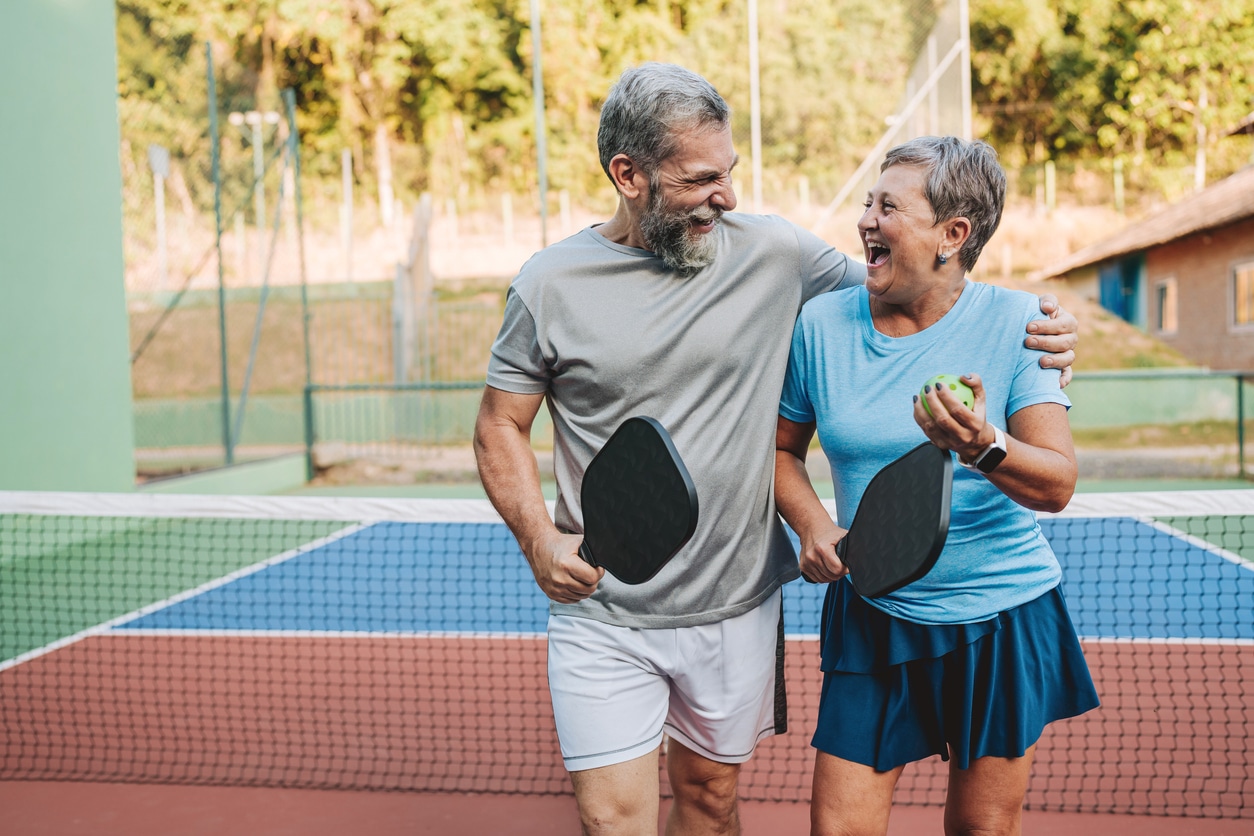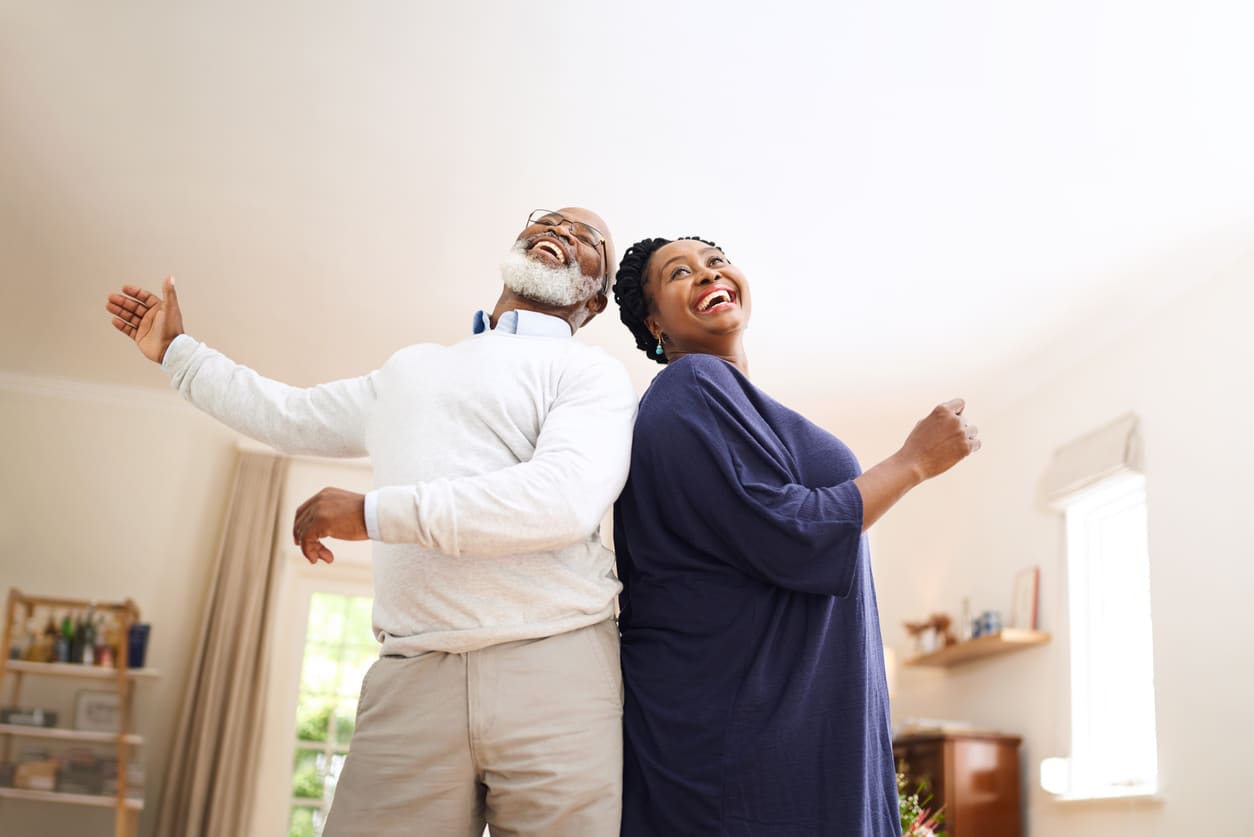Being active is a key to remaining healthy and independent. For many of us, though, the high-impact activities we used to engage in are no longer advisable. Low-impact exercise is an excellent alternative.
Many people think that because low-impact activities are less intense than high-impact ones, they aren’t worth doing.
“The truth is that low-impact exercise provides all sorts of health benefits, including improved cardiorespiratory fitness and psychological wellbeing,” explains Sabrena Jo, American Council on Exercise’s director of science and research.
“Low-impact exercise is important because it’s less stressful to the joints, so it allows for participation in cardiorespiratory activities with a reduced risk of musculoskeletal harm,” she continues. “The more fit you are, the more able you are to respond to illness and injury,” Jo adds, “because the body is better able to devote resources to healing instead of being taxed by a potential chronic disease state. Finding an enjoyable low-impact exercise is good for both physical and mental health and can be an important part of a well-rounded physical activity program.”
According to The U.S. Office of Disease Prevention and Health Promotion’s Physical Activity Guidelines for Americans, adults should:
- Participate in a minimum of 150 minutes a week of moderate-intensity aerobic physical activity, preferably spread out across the week.
- Do muscle-strengthening activities for all major muscle groups at least twice a week.
Before getting started, check with your nurses or physician to determine an appropriate level of effort. If you have a chronic condition, talk to them about how it affects your ability to safely engage in low-impact exercise.
Low-Impact Exercises to Build Stamina
Most aerobic exercises build endurance — they raise the heart rate and burn more calories than any other type of activity. The ultimate low-impact fitness options are in the water. Consider swimming or water aerobics if you have access to a swimming pool. Land-based movement and dance classes also provide aerobic intensity that’s easier on the joints. Some gyms and senior centers even offer special chair-based classes for people with limited mobility.
Strengthening Exercises for Older Adults
“Staying strong is important for older adults because it helps to maintain muscle mass, functional abilities, joint health, and bone mineral density,” Jo says. She recommends free weights, machines, elastic resistance and bodyweight exercises that are “functional and mimic activities that are performed in daily life, like squat, lunge, push, pull and rotate.” If you don’t have bands or weights, look to common household items like cans of soup, which typically weigh a little less than a pound. If you’re working out at a gym or fitness facility, ask a staff member to train you on the equipment to make sure you’re using it correctly.
Flexibility for Seniors
Remaining limber or improving flexibility is important for older adults, Jo adds, “because it helps to maintain joint mobility, which is important for functional abilities, joint health and soft tissue compliance.” Recommended activities include static stretching, yoga and tai chi. Investigate in-person classes and online video instruction to meet your specific needs.
No matter your age or health status, staying as active as possible ensures you feel your best. By building endurance, strength and flexibility, you enjoy a greater quality of life.
Don’t disregard professional medical advice, or delay seeking it, because of what you read here. This information is not intended as a substitute for professional consultation, diagnosis or treatment; it is provided “as is” without any representations or warranties, express or implied. Always consult a healthcare provider if you have specific questions about any medical matter, and seek professional attention immediately if you think you or someone in your care may be suffering from a healthcare condition.
